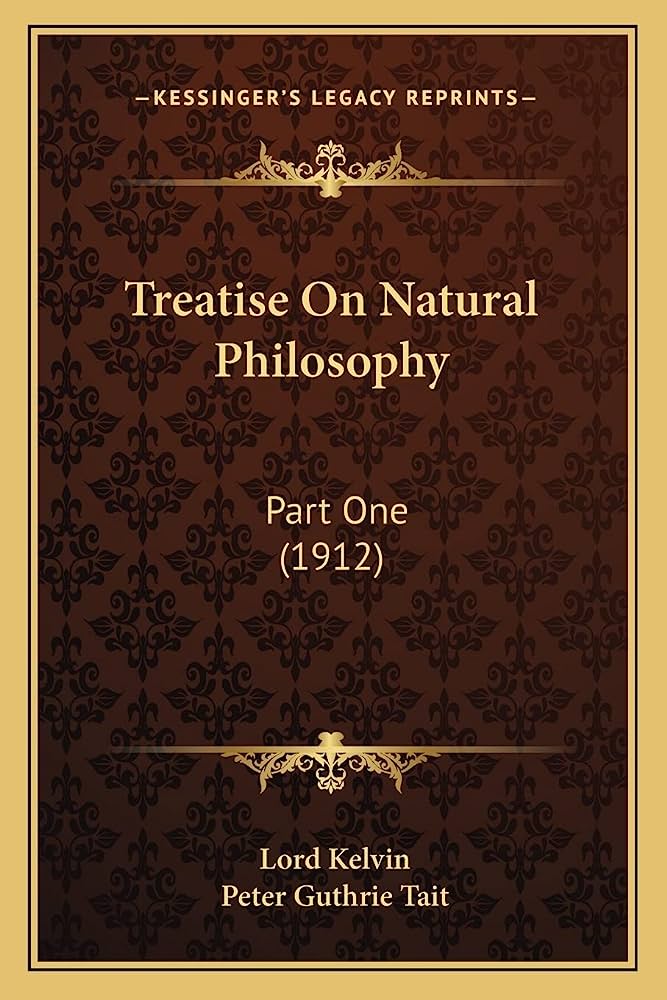
# Galileo’s *Discorsi*: The Genesis of Modern Kinematics
Galileo Galilei, a pivotal figure in the annals of science, released *Discorsi e Dimostrazioni Matematiche, intorno a due nuove scienze* (*Dialogues Concerning Two New Sciences*) in 1638. This work, completed during the twilight years of his life, established the groundwork for classical mechanics, particularly regarding motion. In this article, we delve into the essential aspects of *Discorsi*, emphasizing Galileo’s contributions to the principles of falling bodies and projectile motion.
## **Overview of the *Discorsi***
Although *Discorsi* appeared near the conclusion of Galileo’s life, much of its content stemmed from his earlier studies while serving as a mathematics lecturer at the University of Padua (1592–1610). The book adopts a dialogue format among three characters—Salviati, Sagredo, and Simplicio—akin to Galileo’s previous work, *Dialogue Concerning the Two Chief World Systems*. The narrative is segmented into four “days,” with the initial two concentrated on the strength of materials and the final two devoted to motion—a theme that would transform physics.
Notably, *Discorsi* was released in two languages: the first two days in Italian and the latter two in Latin. This choice implies that it was aimed at a diverse audience: Italian for a general readership and Latin for the scholarly elite throughout Europe.
## **Galileo and the Principles of Falling Bodies**
### **Confronting Aristotle: A Historical Context**
Aristotle’s long-established perspective on motion suggested that heavier objects fall more swiftly than lighter ones. This notion was initially contested by the Byzantine philosopher John Philoponus (c. 490–c. 570), who maintained that the velocity of falling objects is independent of their weight. Subsequently, medieval scholars like the Oxford Calculators (14th century) and Parisian physicists proposed theories closer to the actual laws of free fall.
In the 16th century, Giambattista Benedetti (1530–1590), a pupil of Niccolò Tartaglia, formulated a mathematical description for falling bodies that preceded Galileo’s work by several decades. Despite these advancements, Galileo is frequently misattributed as the sole figure responsible for dismantling Aristotelian physics. Nevertheless, his contributions were pivotal in the establishment of a systematic experimental methodology for studying motion.
### **Galileo’s Experimental Approach**
What distinguished Galileo was his precise employment of experimental validation. Rather than depending exclusively on logical reasoning, he undertook careful measurements utilizing inclined planes. Aware of the challenges in directly measuring free fall due to its rapidity, he decelerated the motion by rolling spheres down an incline.
#### **Crucial Definitions and Axioms**
In *Discorsi*, Galileo initiates his discussion by defining uniform motion:
> “*By steady or uniform motion, I refer to one where the distances covered by a moving object during any equal time intervals are themselves equal.*”
After establishing fundamental axioms, he moves to naturally accelerated motion, providing a refined definition:
> “*A motion is termed equally or uniformly accelerated when, commencing from rest, its momentum gains equal increments over equal times.*”
From this definition, Galileo derived two essential laws:
1. **Mean Speed Theorem**: The distance covered by an object under constant acceleration matches that traveled by an object moving at uniform speed equal to the average of the initial and final velocities.
2. **Distance-Time Law**: The distance fallen from rest over a certain period is proportional to the square of that period, confirming a quadratic relationship.
These findings were empirically validated through Galileo’s inclined plane setup, where he meticulously timed the descent using a water clock—an innovative method considering the technological constraints of his era.
## **Projectile Motion and the Parabolic Trajectory**
### **The Parabola Law**
One of the significant revelations in *Discorsi* was Galileo’s demonstration that a projectile traces a parabolic path when subjected to uniform horizontal motion combined with vertical free fall:
> “*A projectile driven by a consistent horizontal motion, along with a naturally accelerated vertical motion, follows a path that is a semi-parabola.*”
While Galileo often garners singular credit for this discovery, he collaborated with Guidobaldo del Monte (1545–1607) in the early 1590s. By integrating previous experimental insights with mathematical rigor, Galileo and del Monte together achieved a remarkable understanding that would later prove vital in Isaac Newton’s laws of motion and gravity.
### **Galileo’s Miscalculations: The Brachistochrone and Catenary Issues**
In spite of his revolutionary insights, Galileo made significant errors in *Discorsi*. He mistakenly posited that the quickest path for an object to fall between two points is along a circular arc rather than the true brachistochrone curve (a cycloid). This error would eventually be rectified in the late